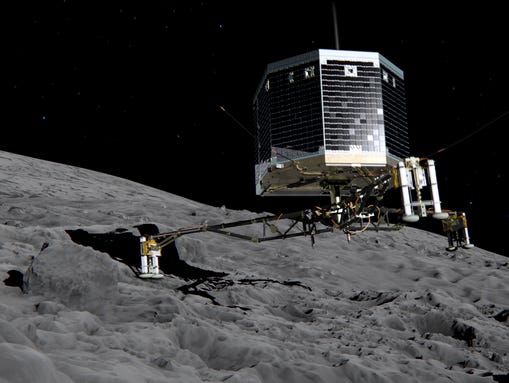knapplc
Active member
Birth of Planets Revealed in Astonishing Detail in ALMA’s ‘Best Image Ever’
Astronomers have captured the best image ever of planet formation around an infant star as part of the testing and verification process for the Atacama Large Millimeter/submillimeter Array’s (ALMA) new high-resolution capabilities.
This revolutionary new image reveals in astonishing detail the planet-forming disk surrounding HL Tau, a Sun-like star located approximately 450 light-years from Earth in the constellation Taurus.
ALMA uncovered never-before-seen features in this system, including multiple concentric rings separated by clearly defined gaps. These structures suggest that planet formation is already well underway around this remarkably young star.
"These features are almost certainly the result of young planet-like bodies that are being formed in the disk. This is surprising since HL Tau is no more than a million years old and such young stars are not expected to have large planetary bodies capable of producing the structures we see in this image," said ALMA Deputy Director Stuartt Corder.

Astronomers have captured the best image ever of planet formation around an infant star as part of the testing and verification process for the Atacama Large Millimeter/submillimeter Array’s (ALMA) new high-resolution capabilities.
This revolutionary new image reveals in astonishing detail the planet-forming disk surrounding HL Tau, a Sun-like star located approximately 450 light-years from Earth in the constellation Taurus.
ALMA uncovered never-before-seen features in this system, including multiple concentric rings separated by clearly defined gaps. These structures suggest that planet formation is already well underway around this remarkably young star.
"These features are almost certainly the result of young planet-like bodies that are being formed in the disk. This is surprising since HL Tau is no more than a million years old and such young stars are not expected to have large planetary bodies capable of producing the structures we see in this image," said ALMA Deputy Director Stuartt Corder.




